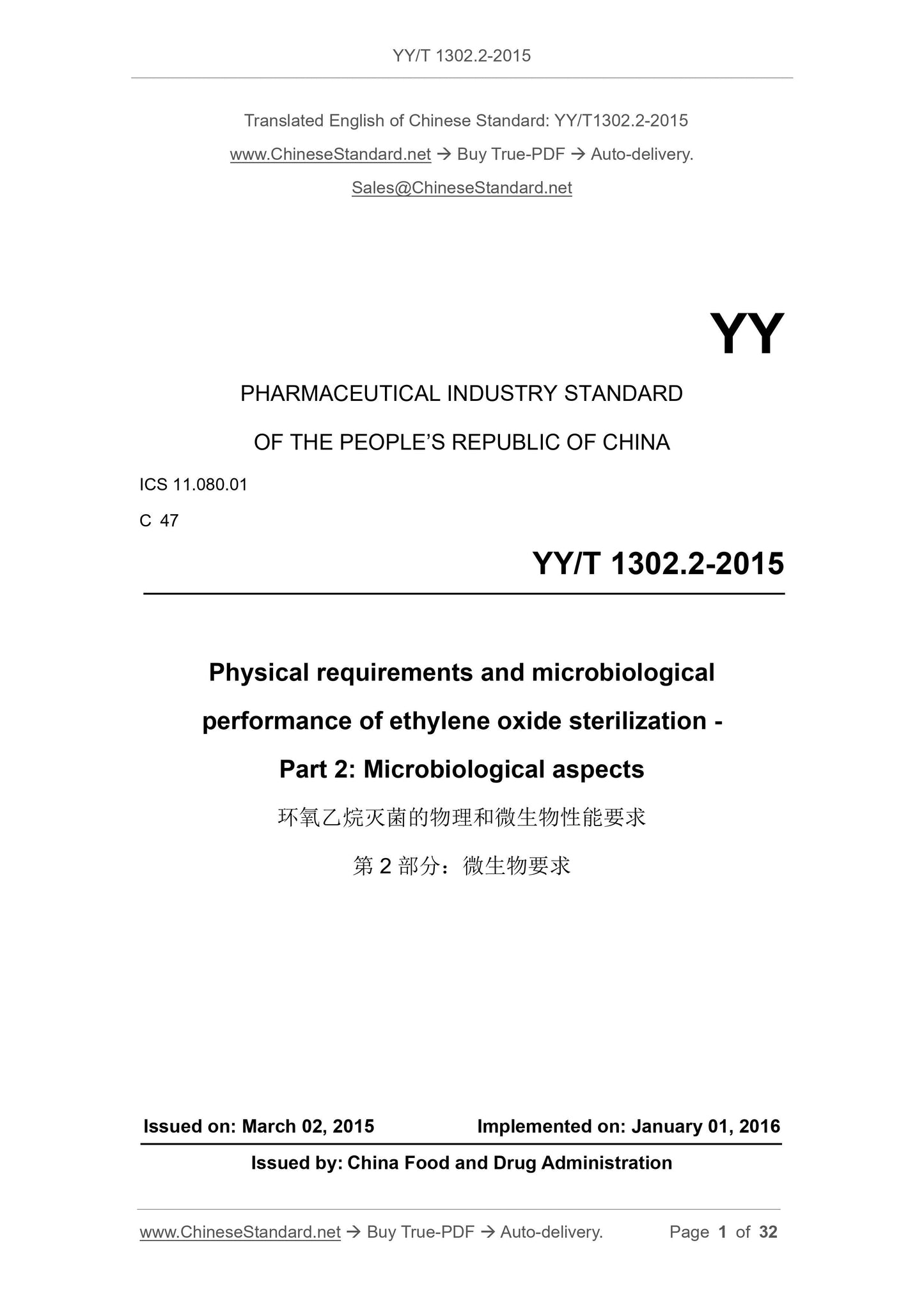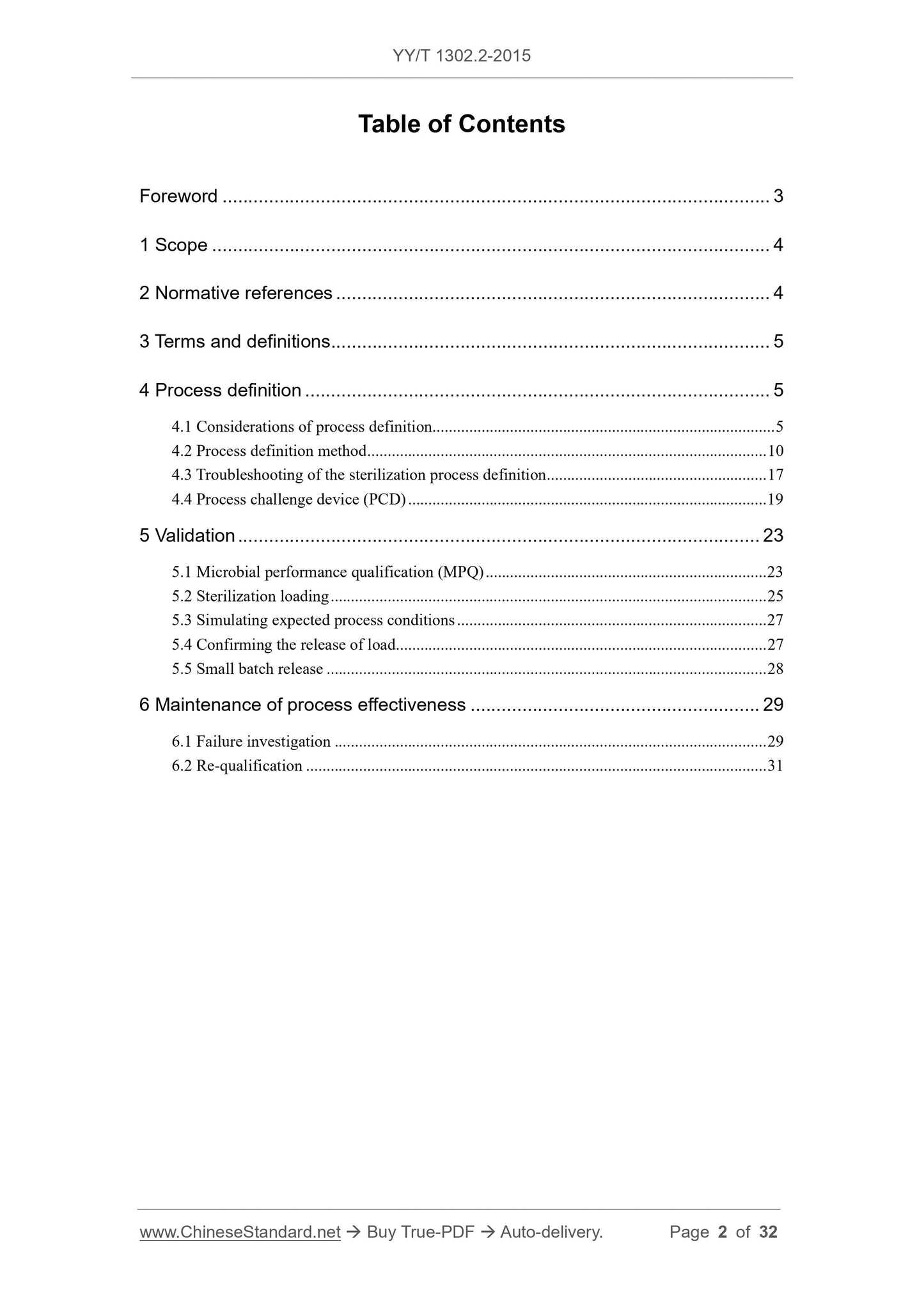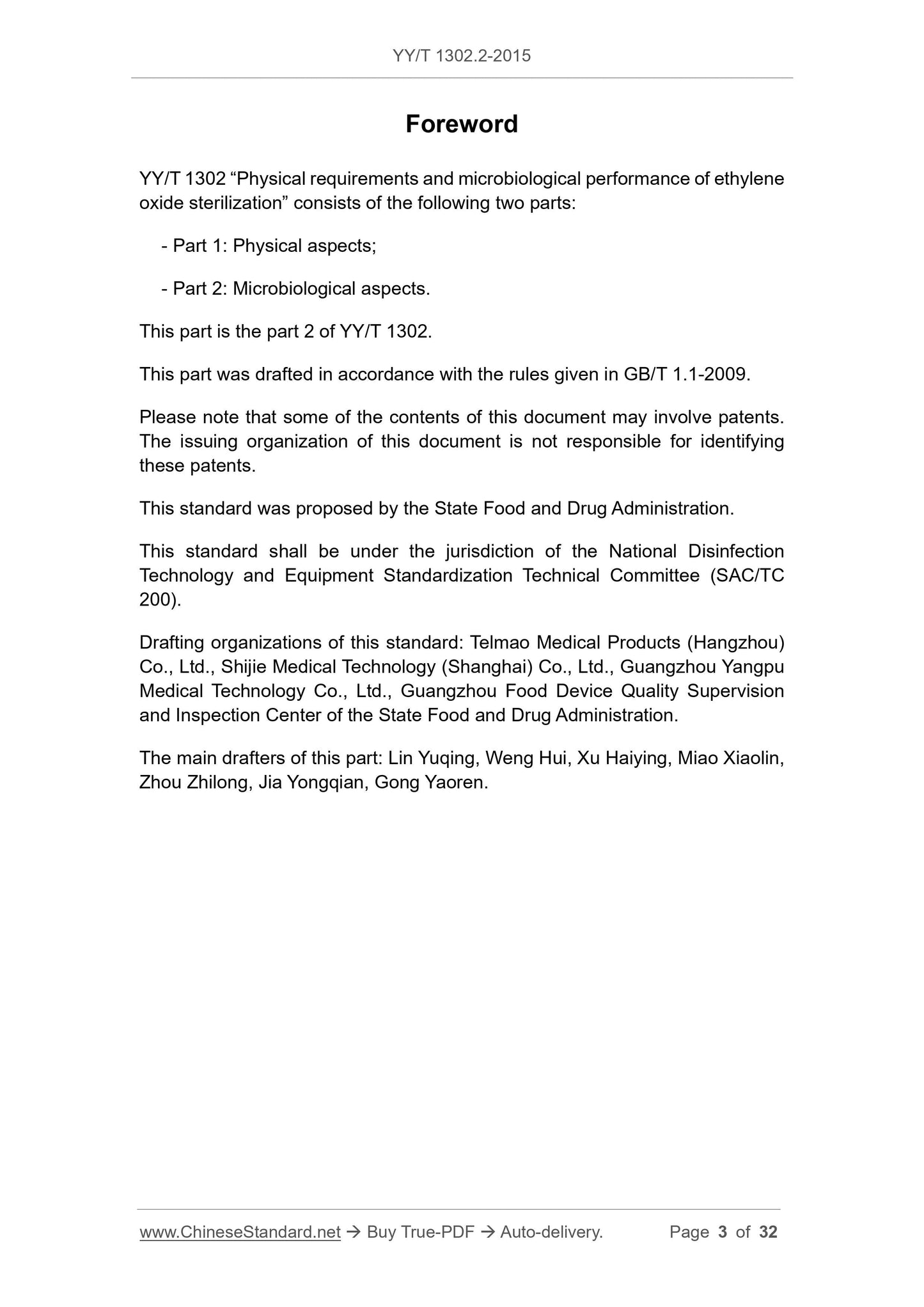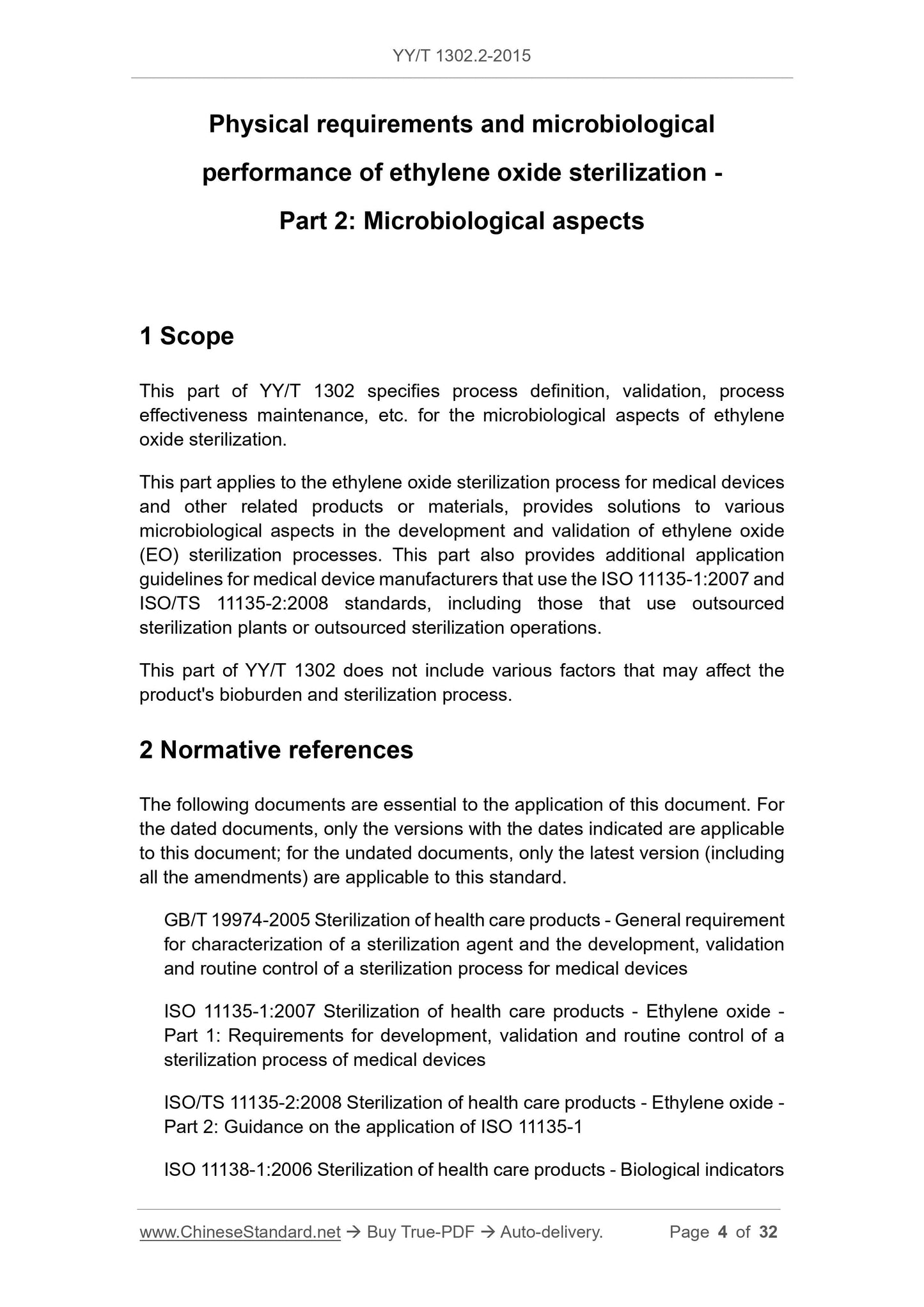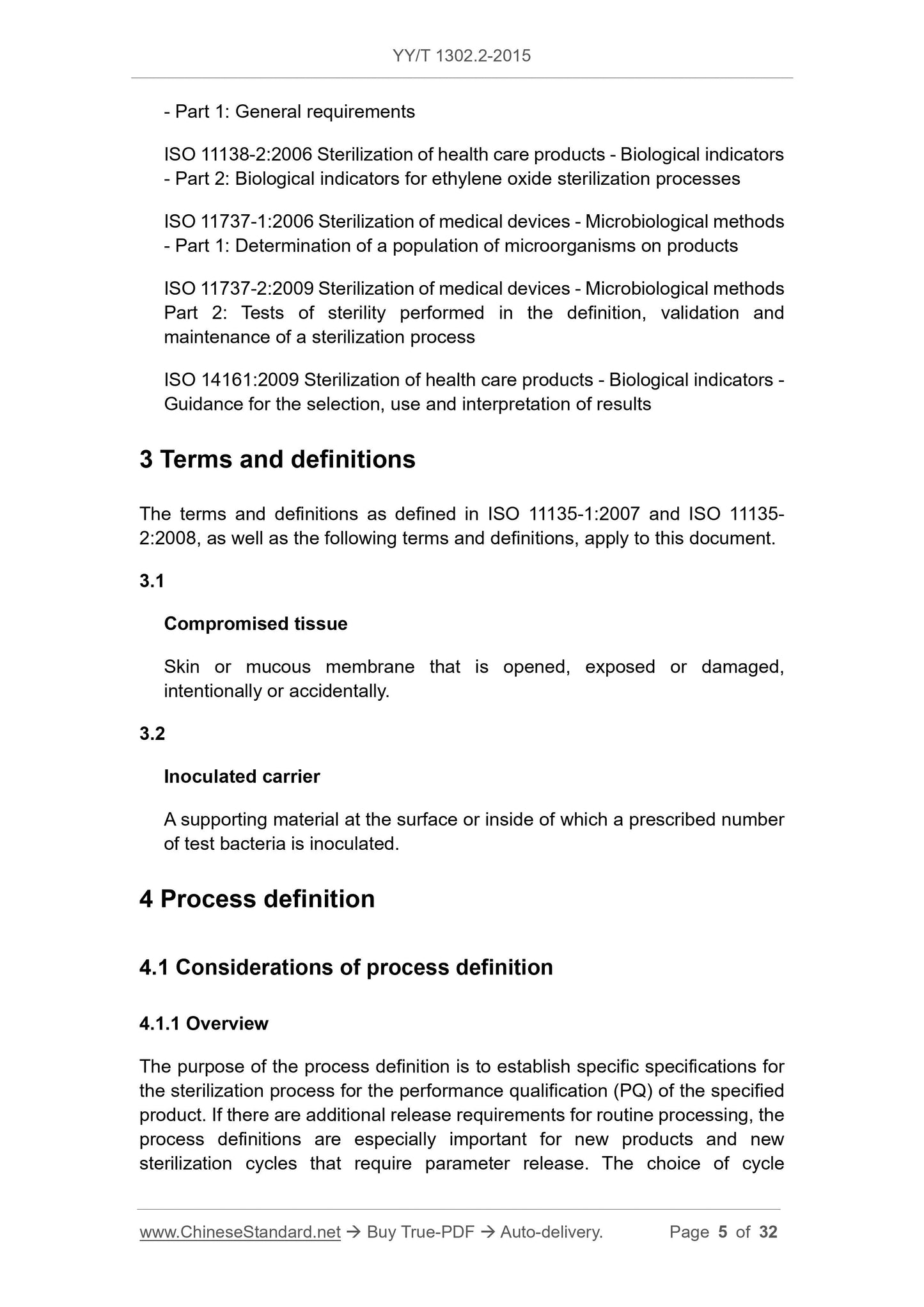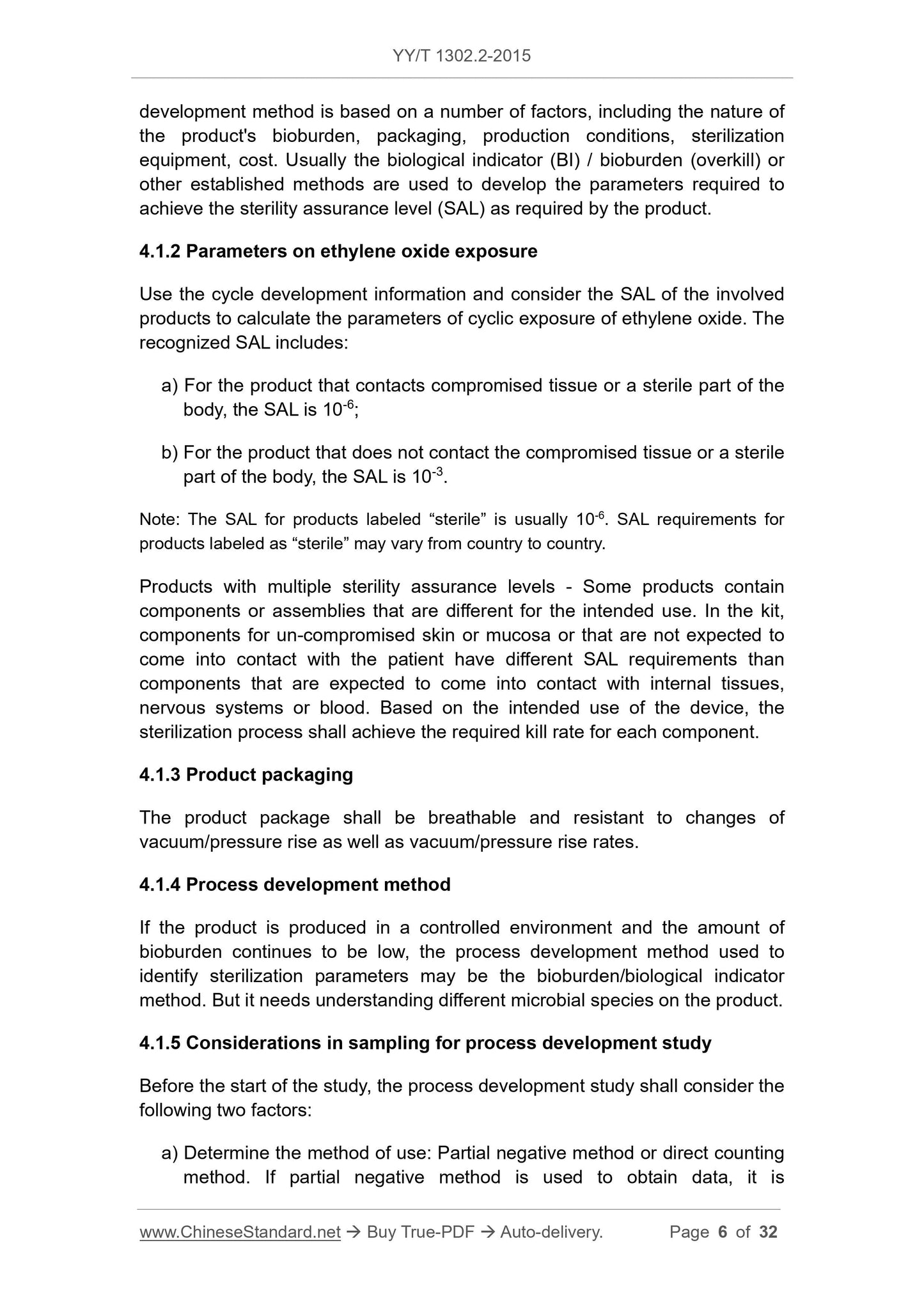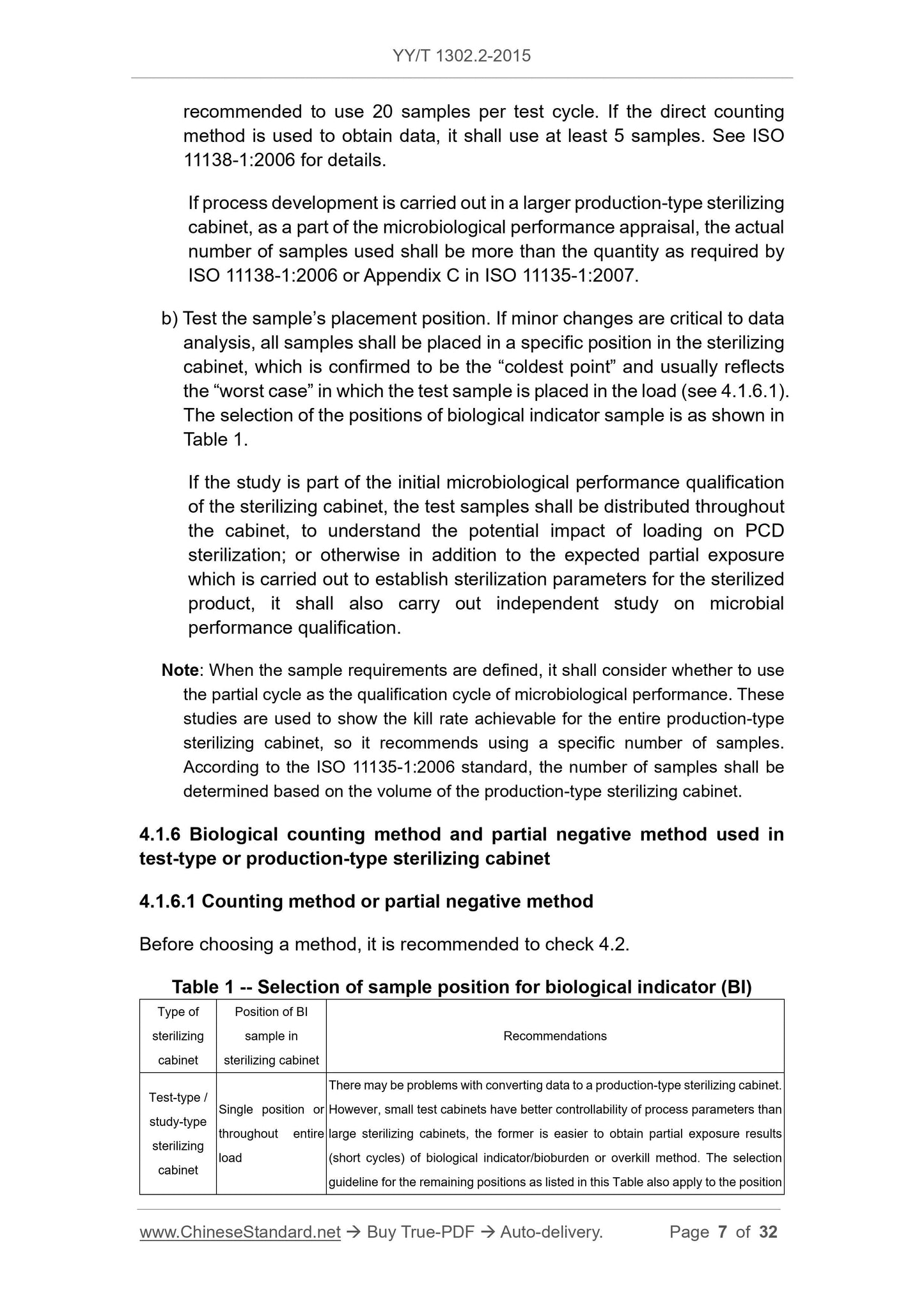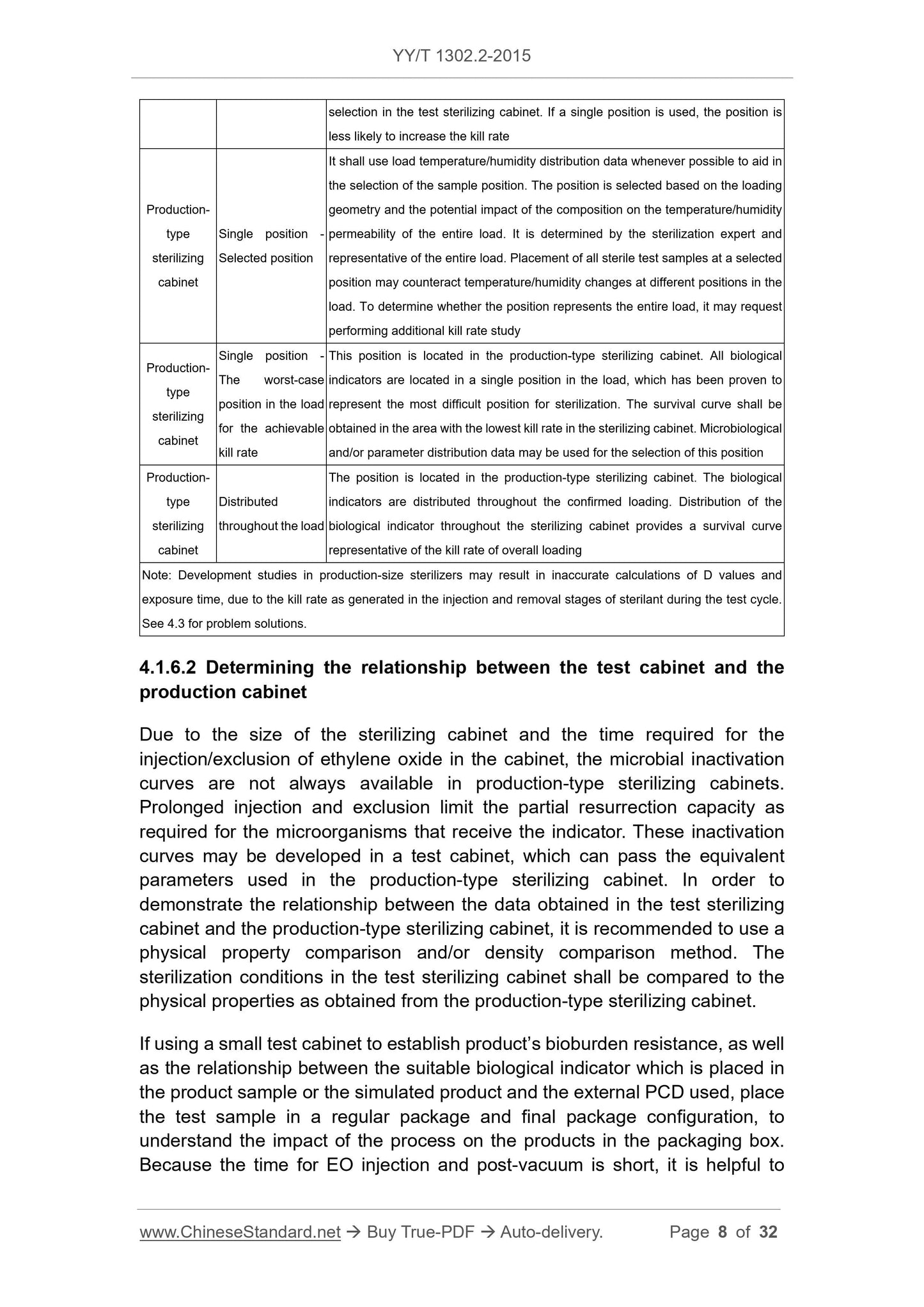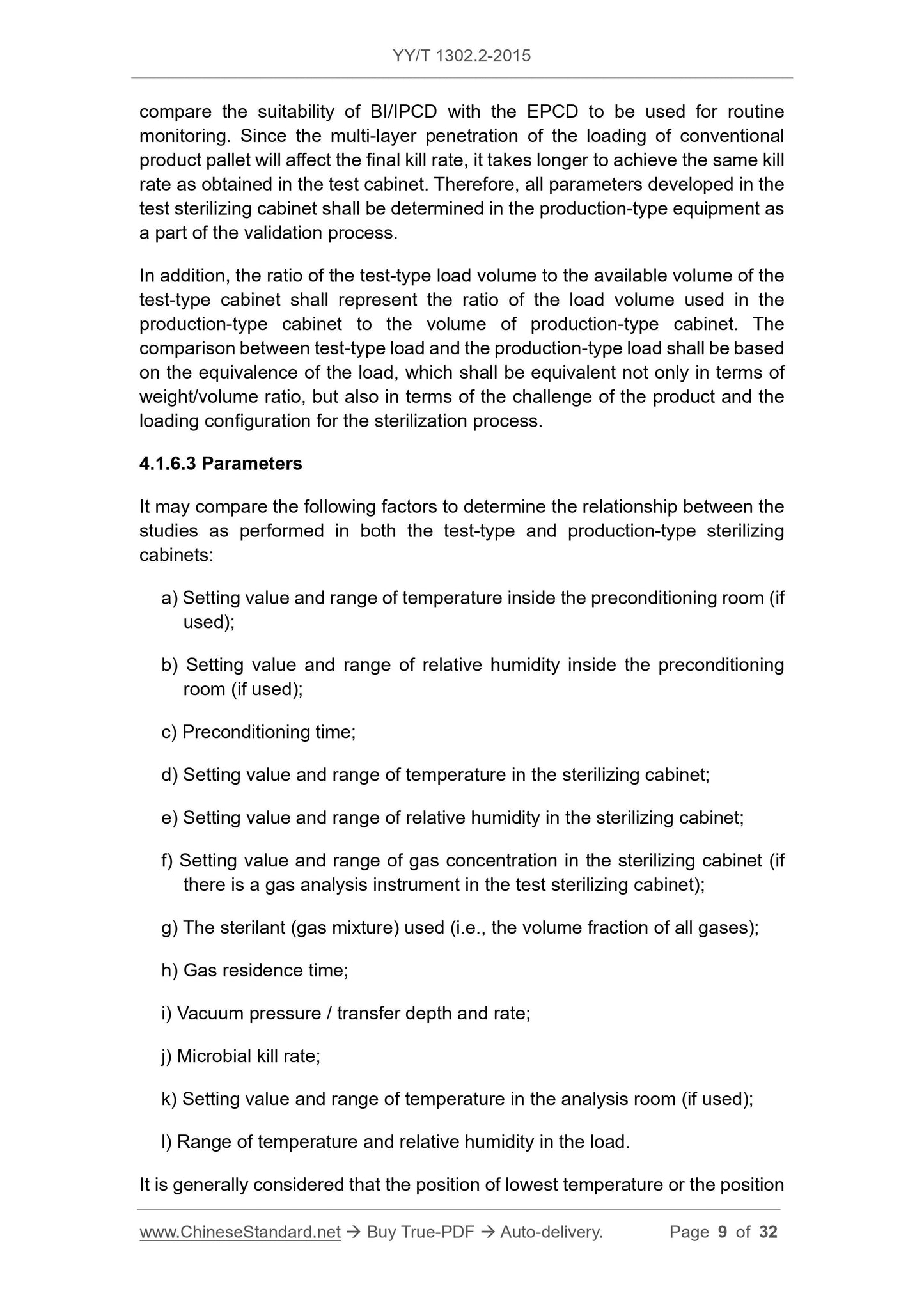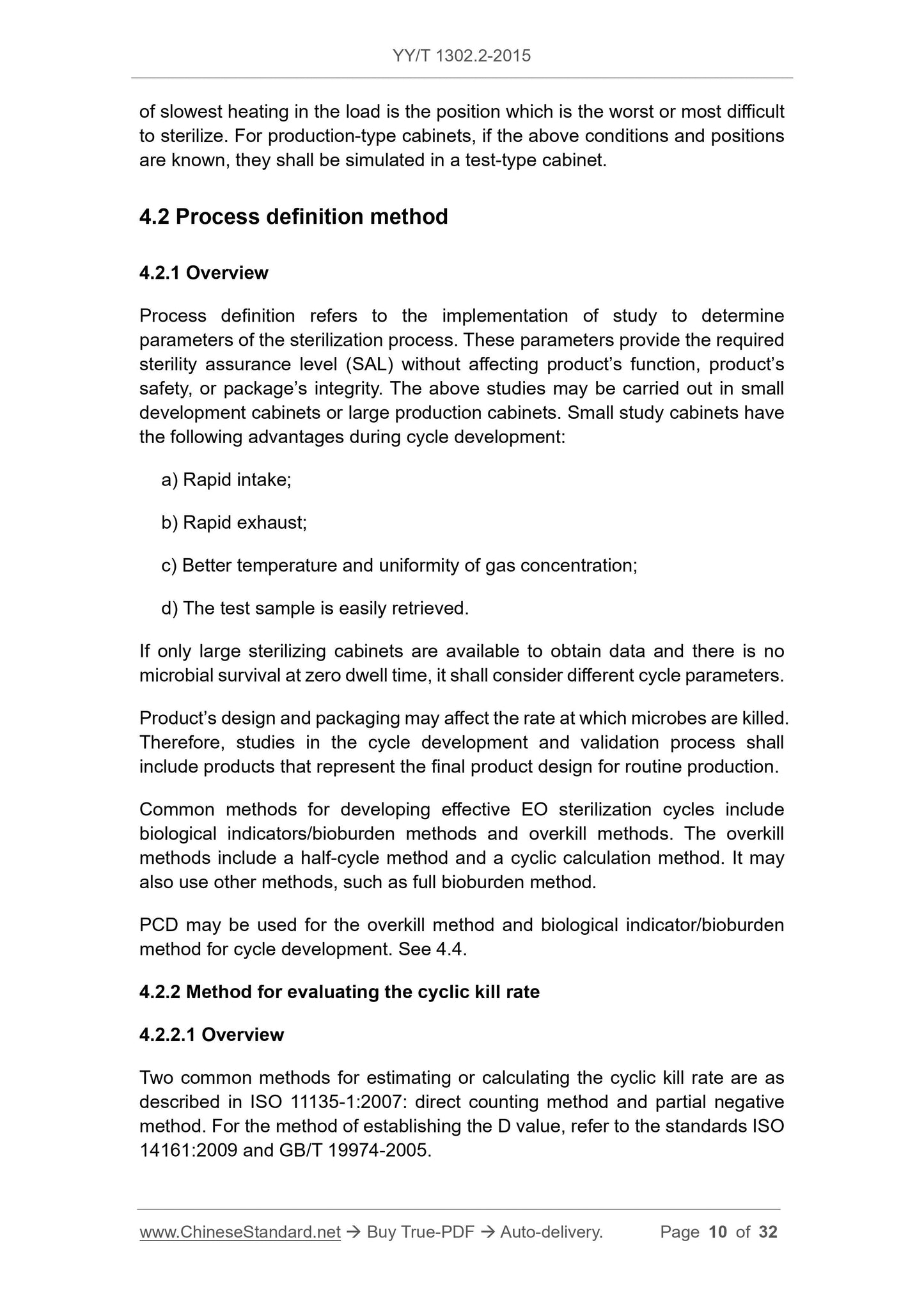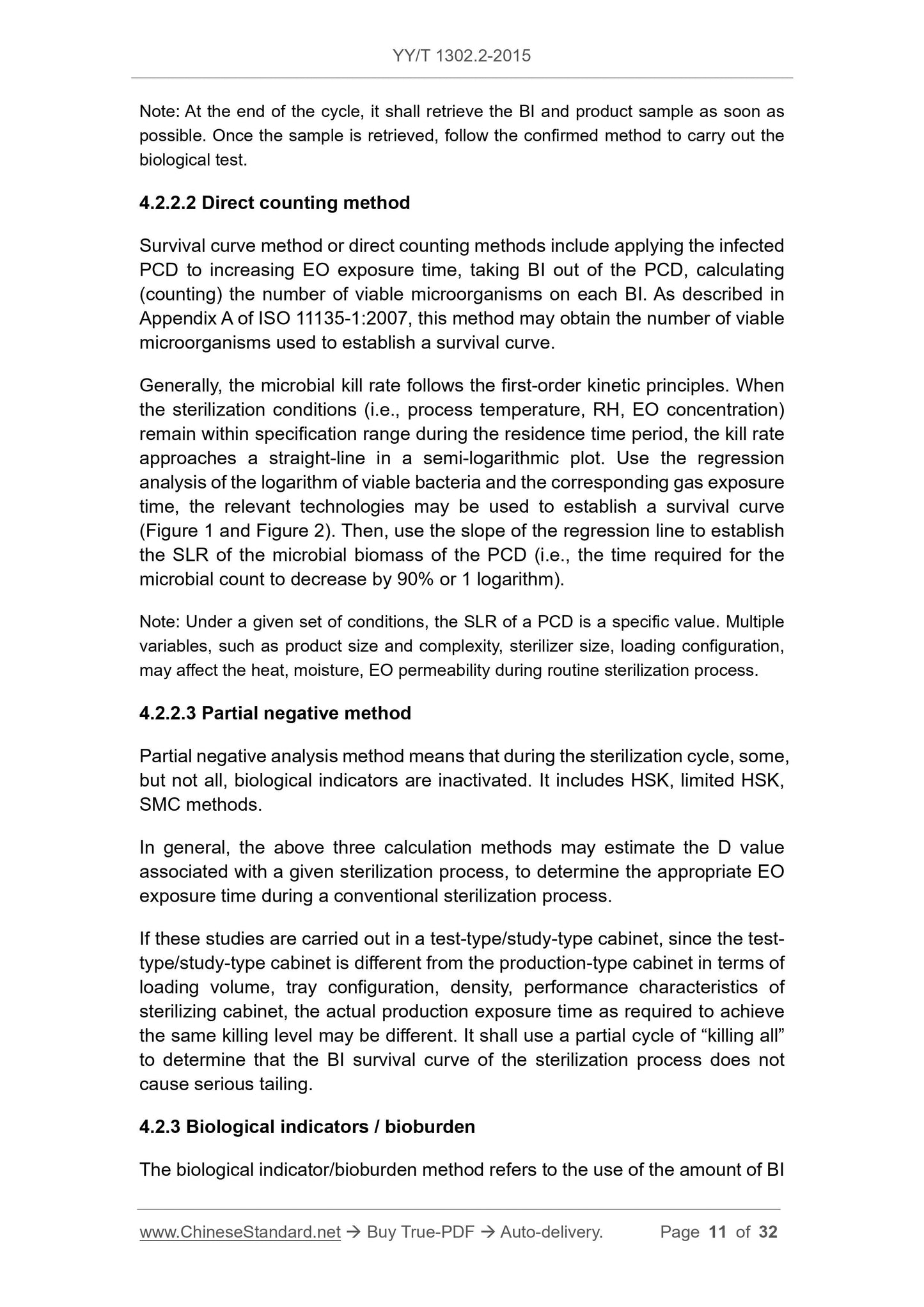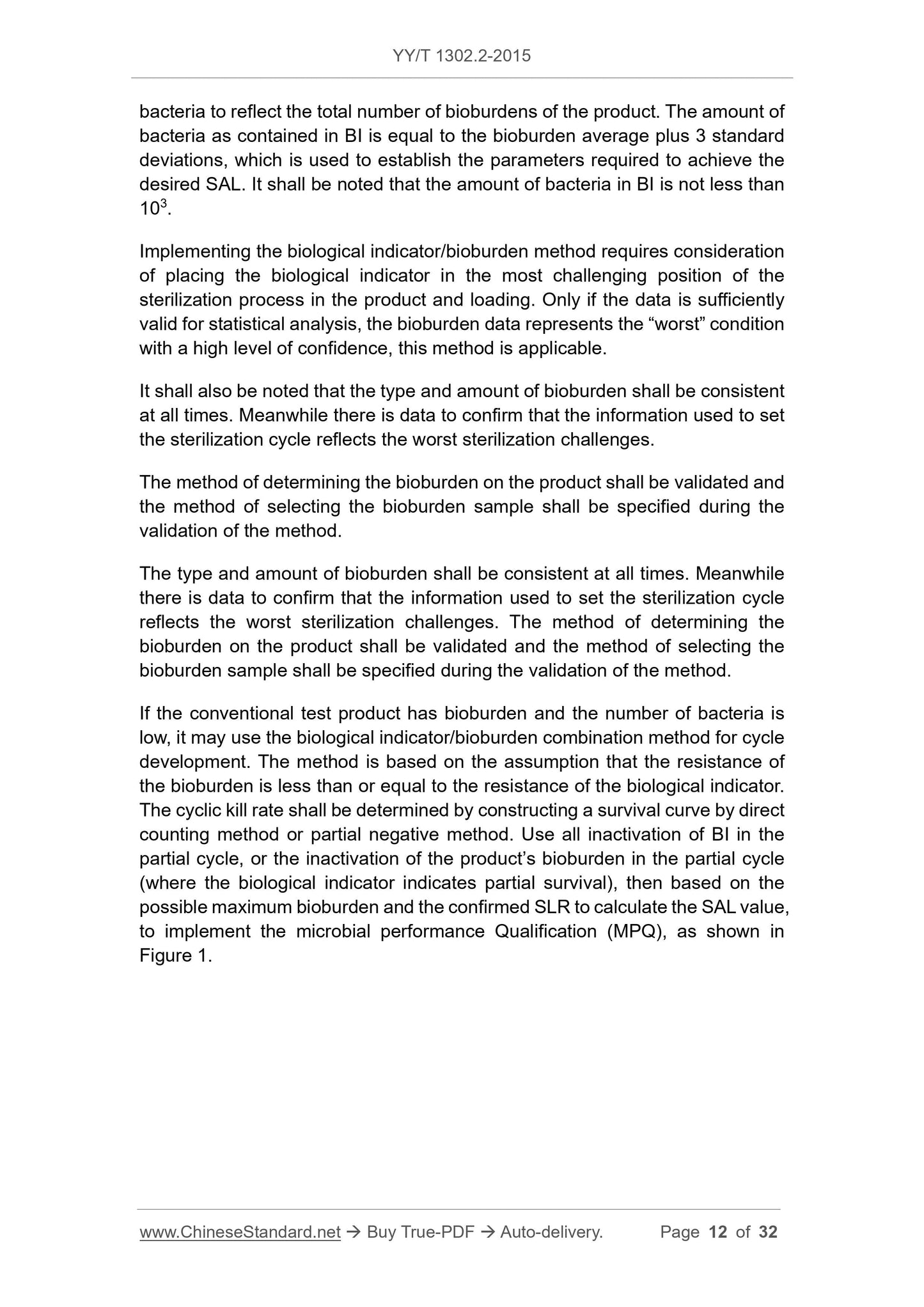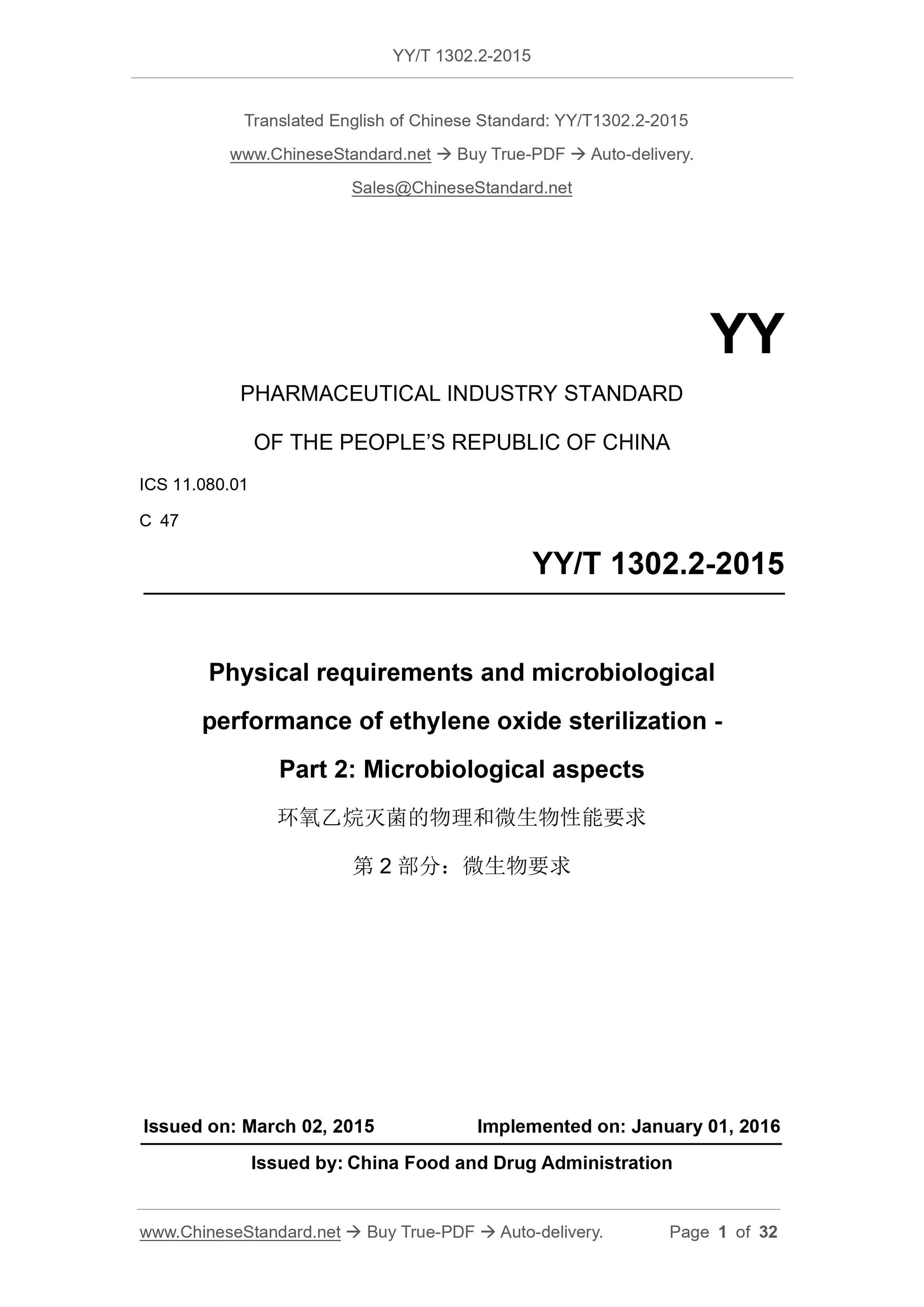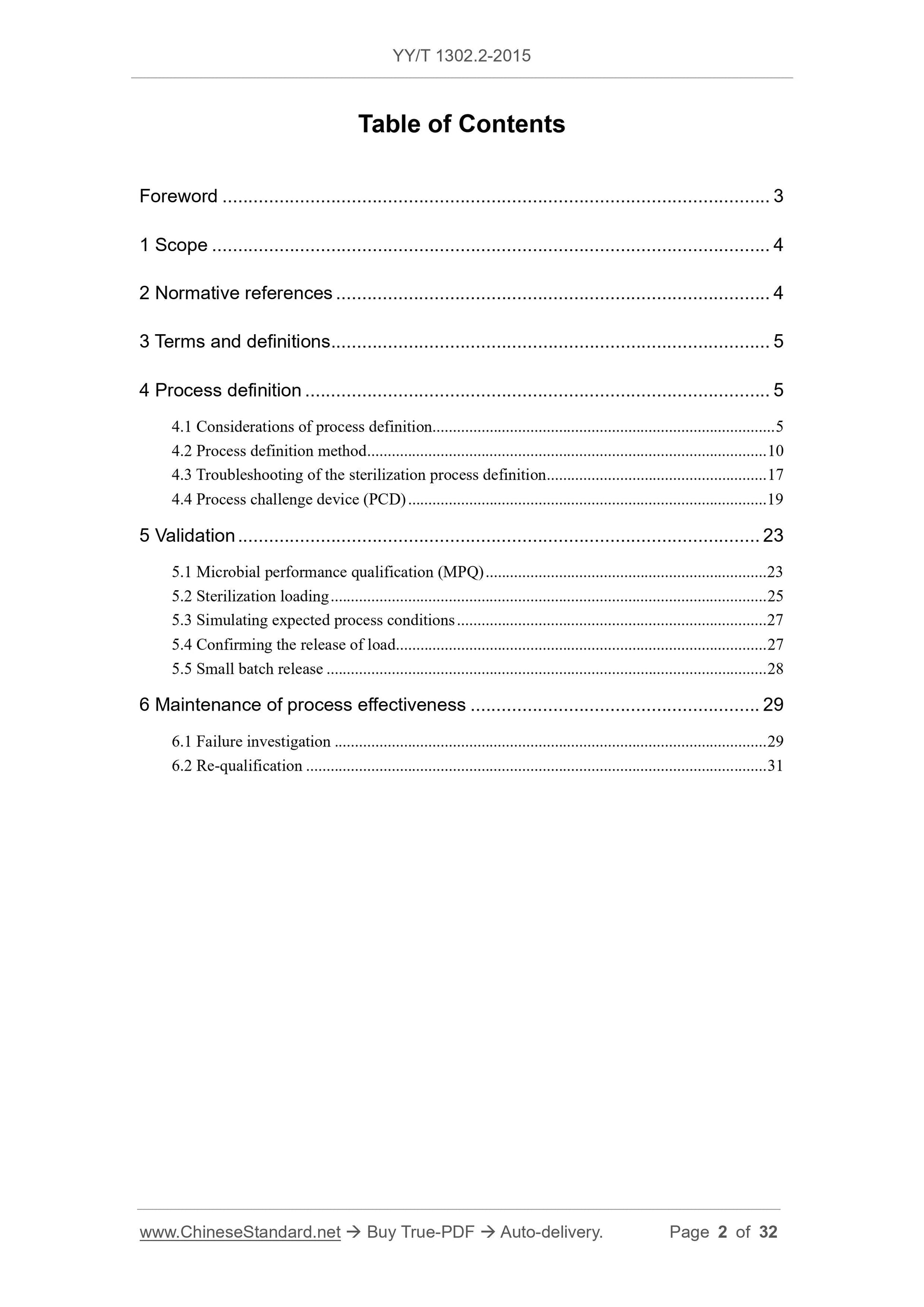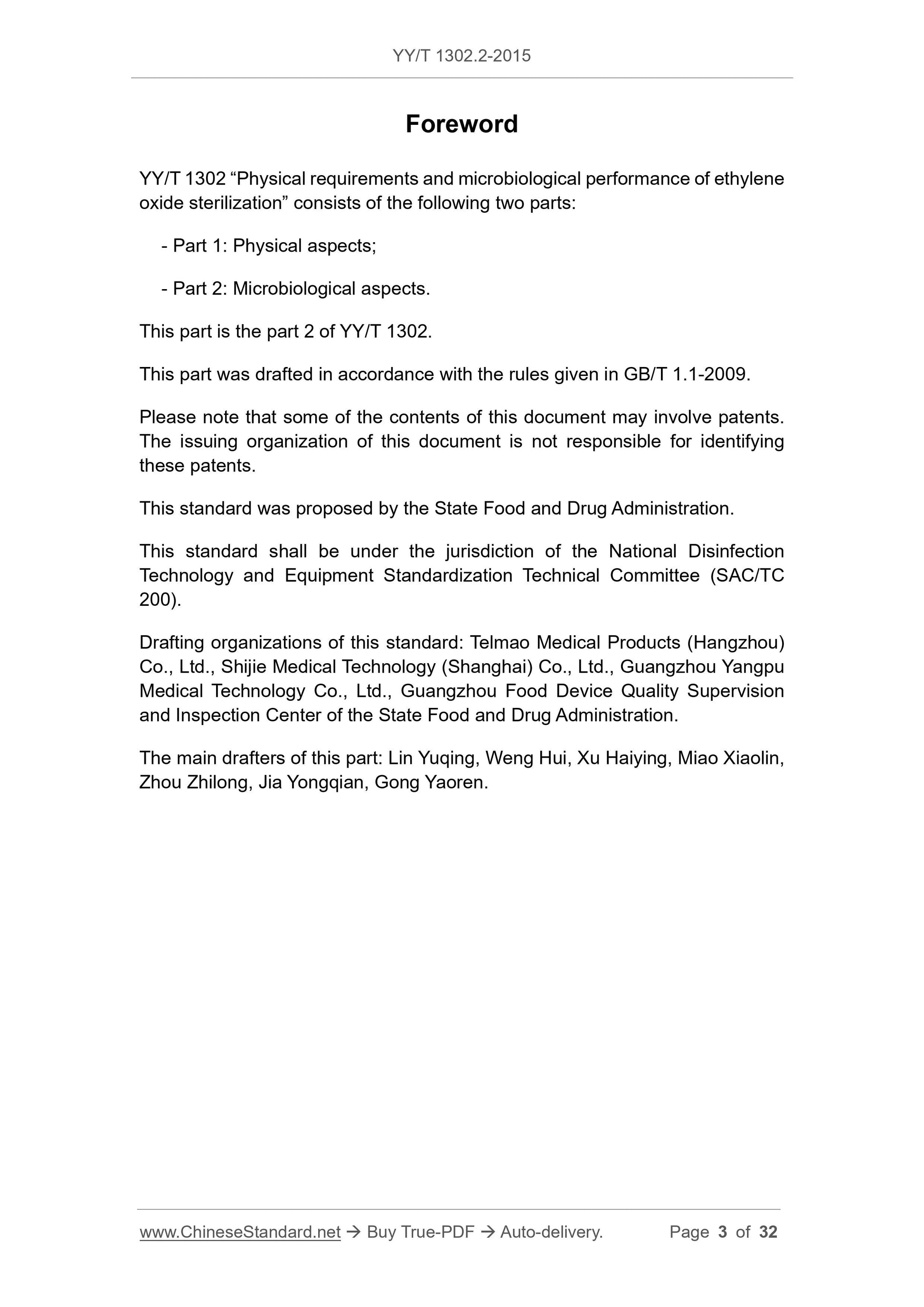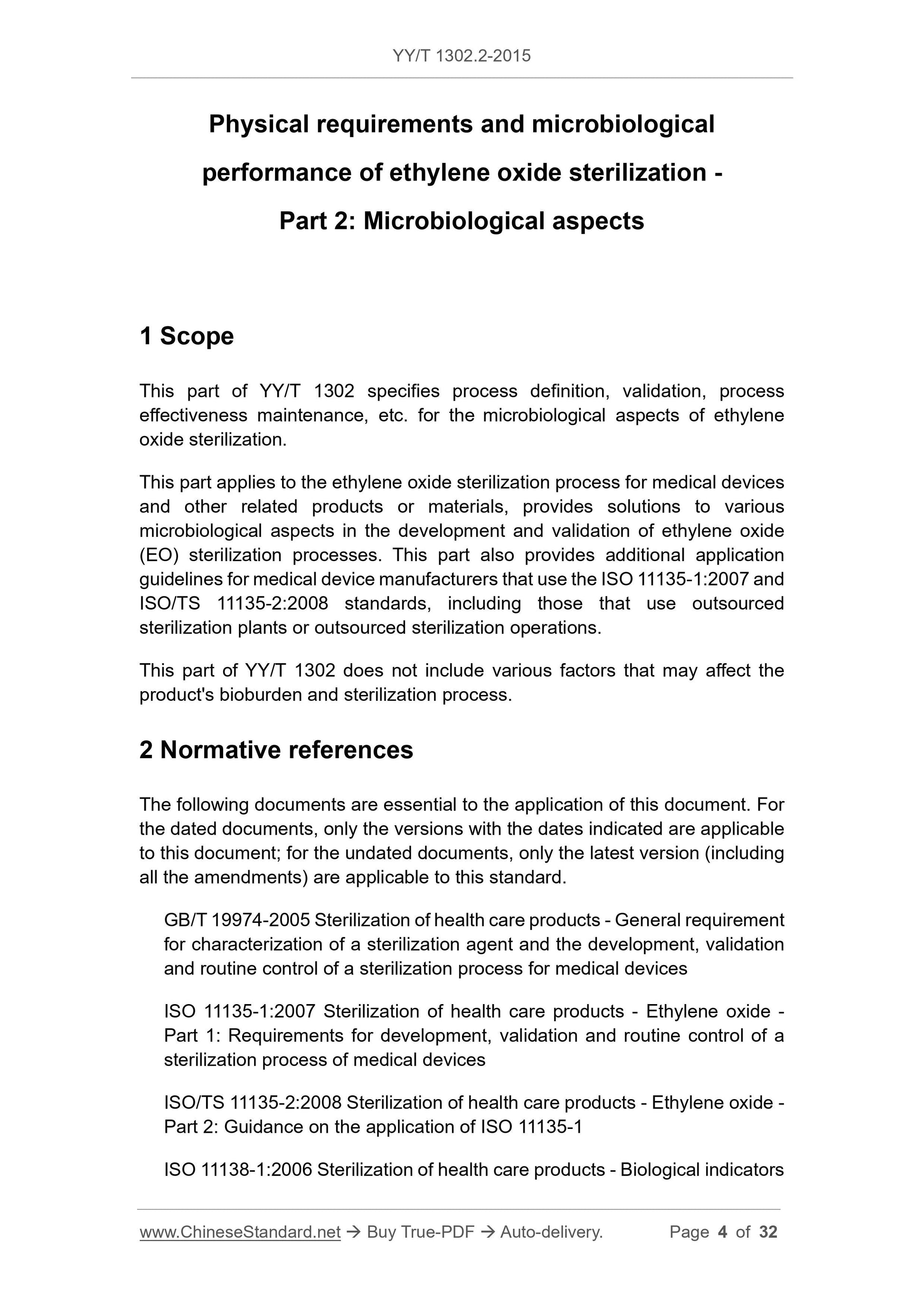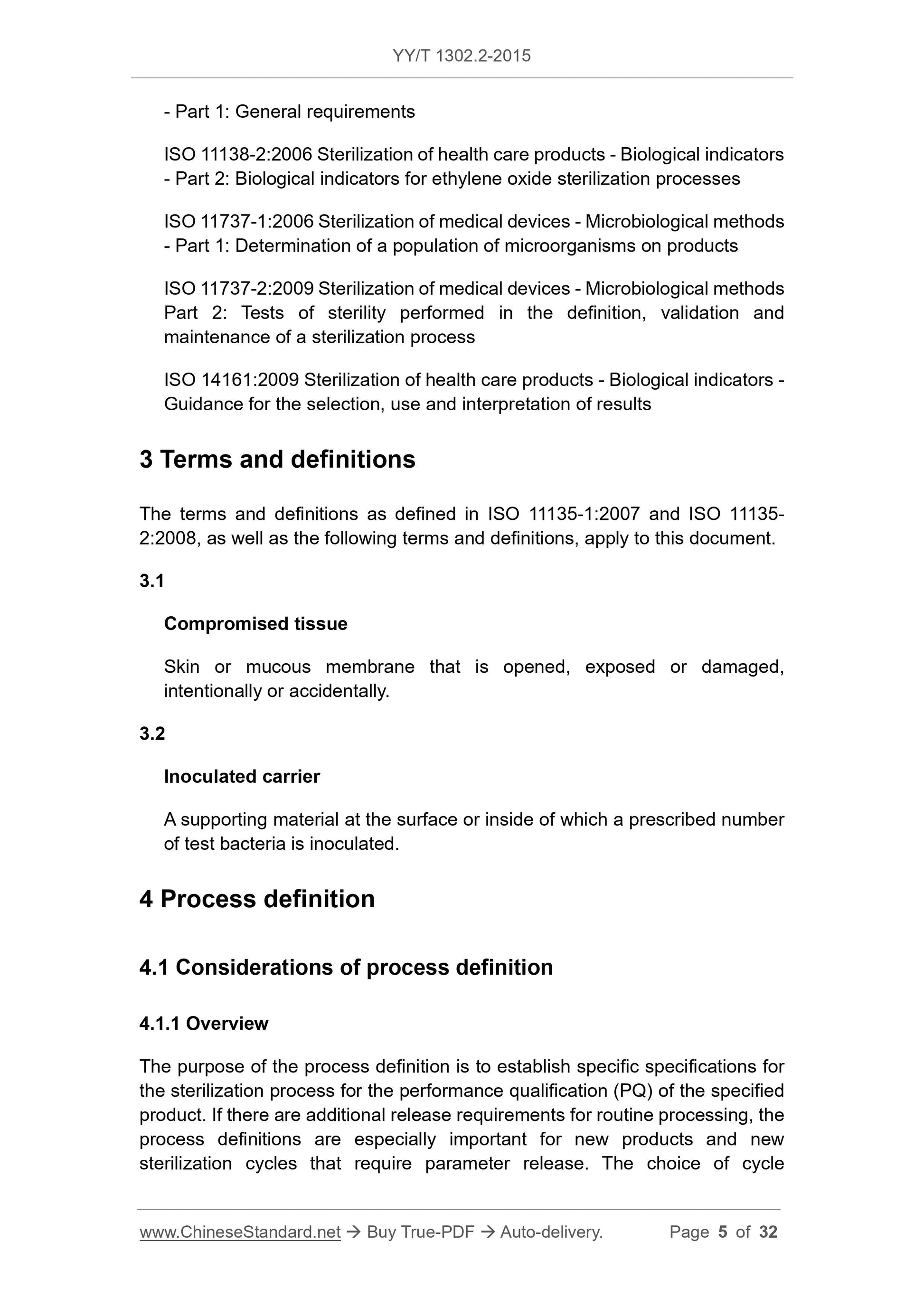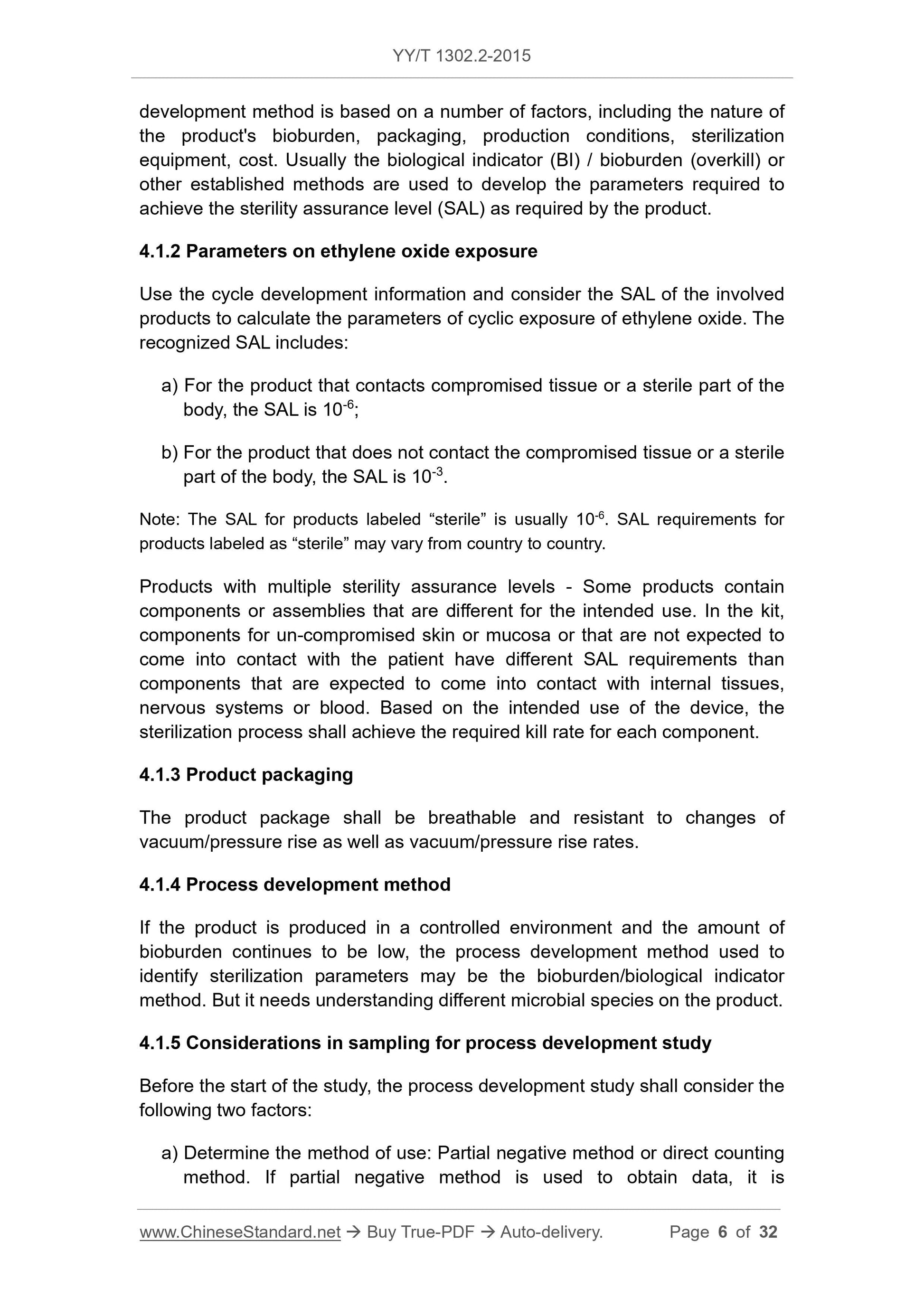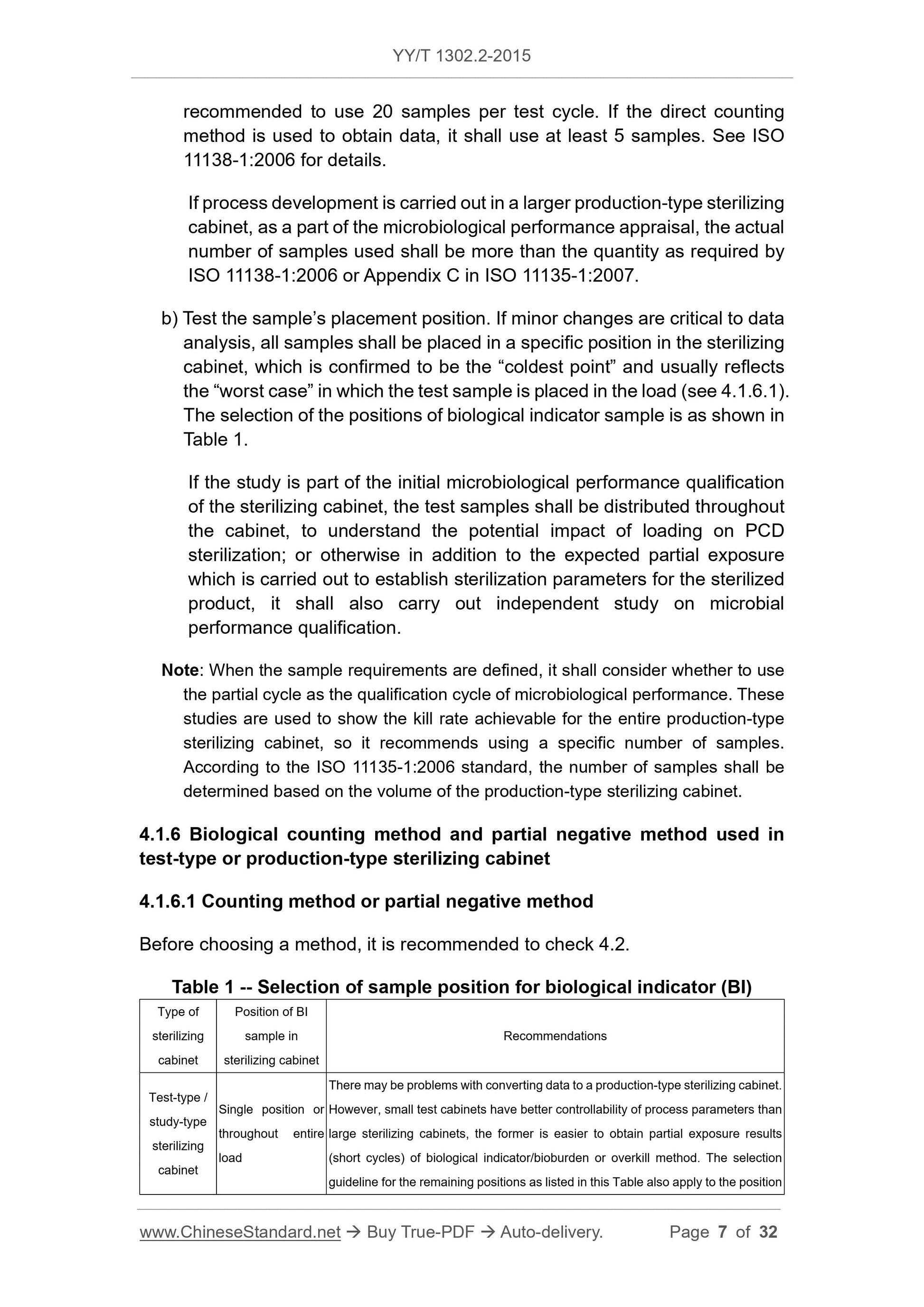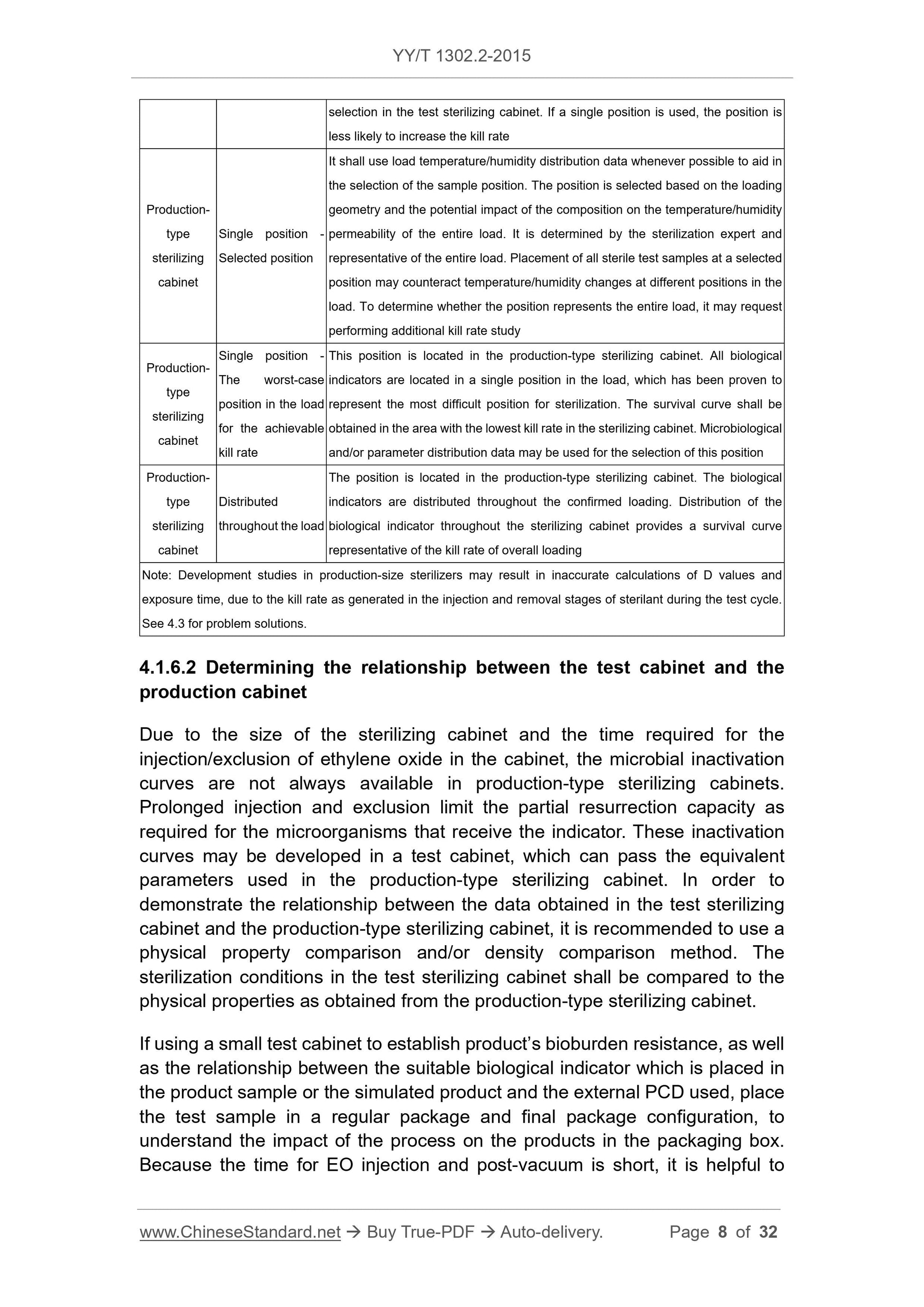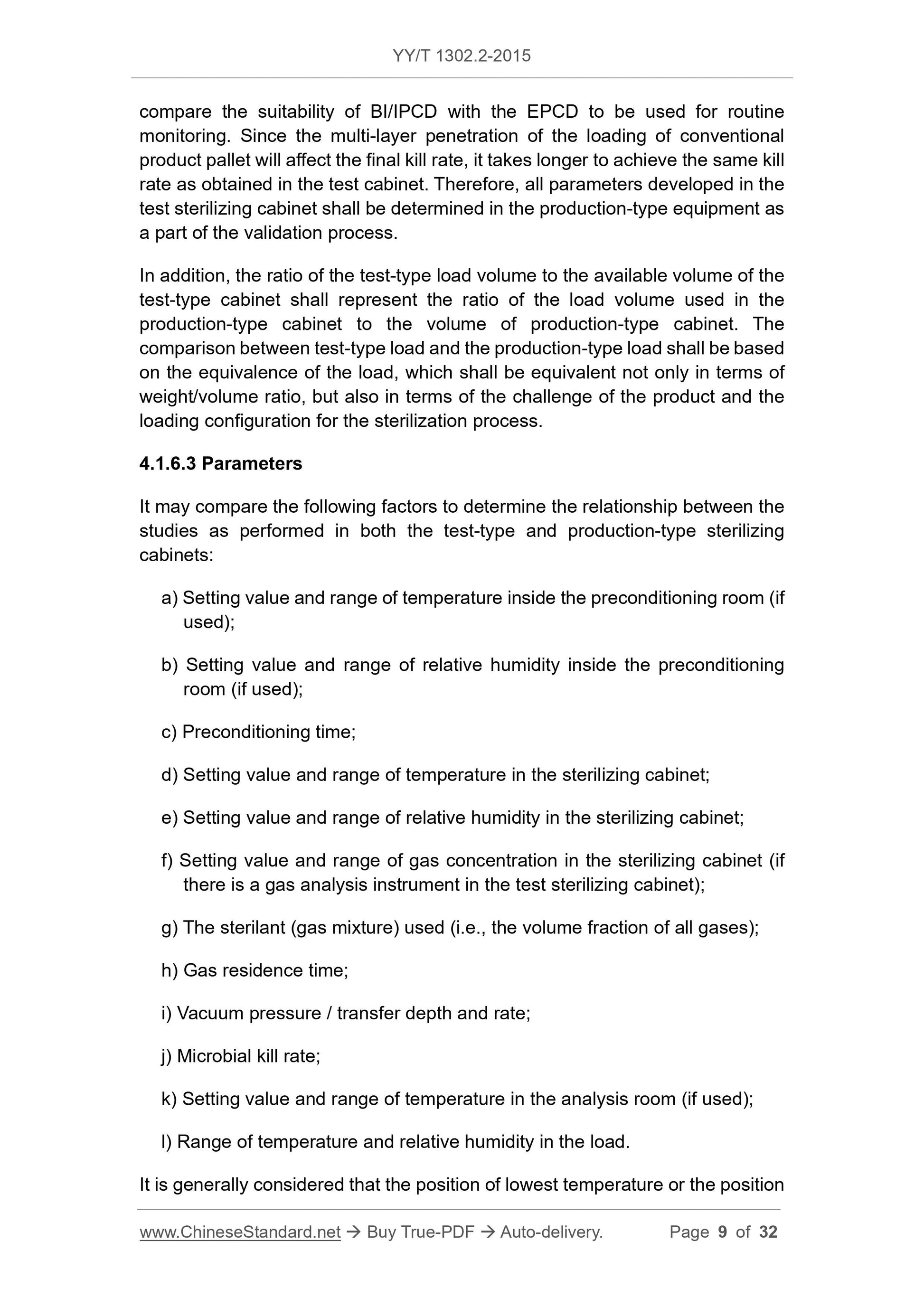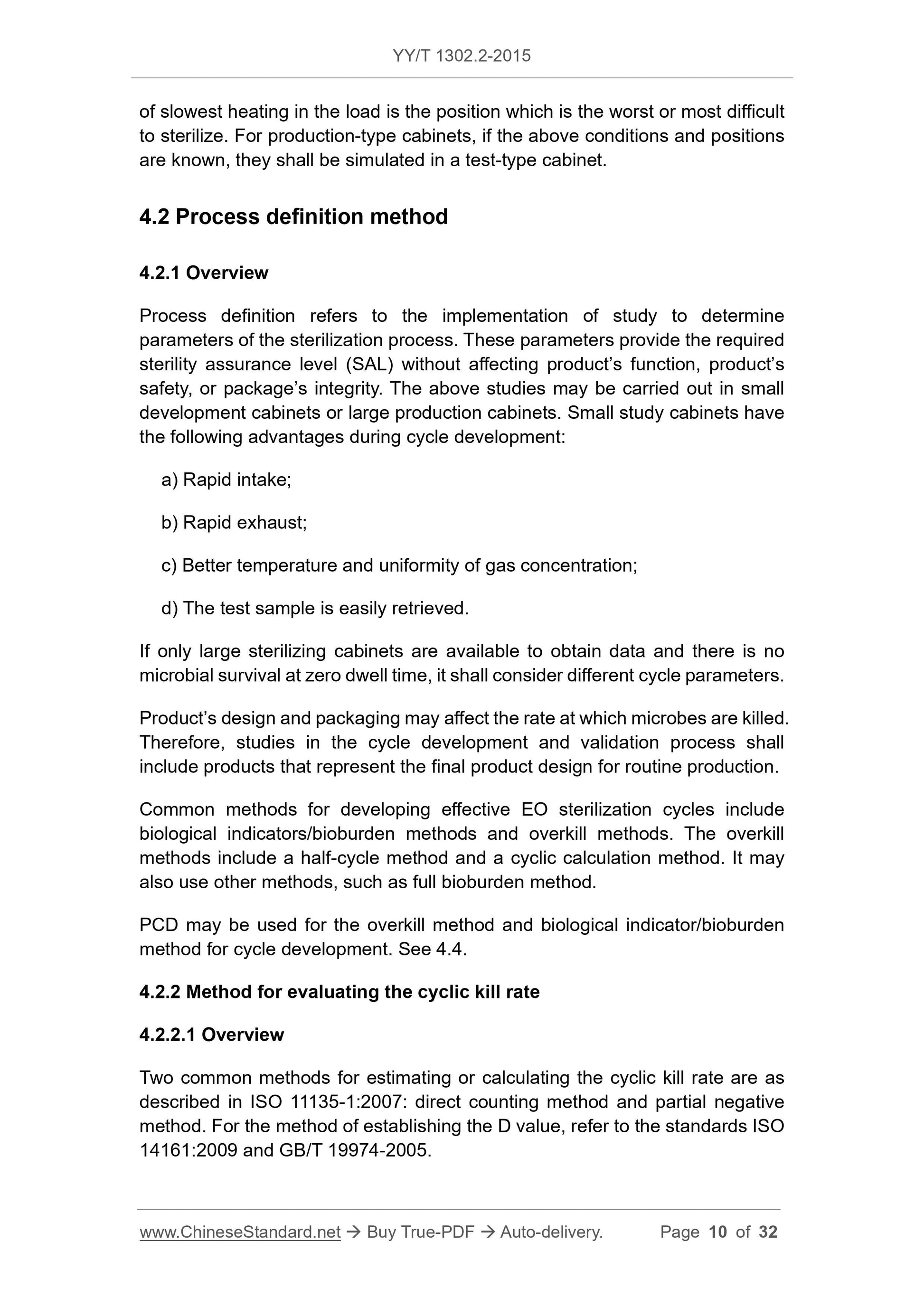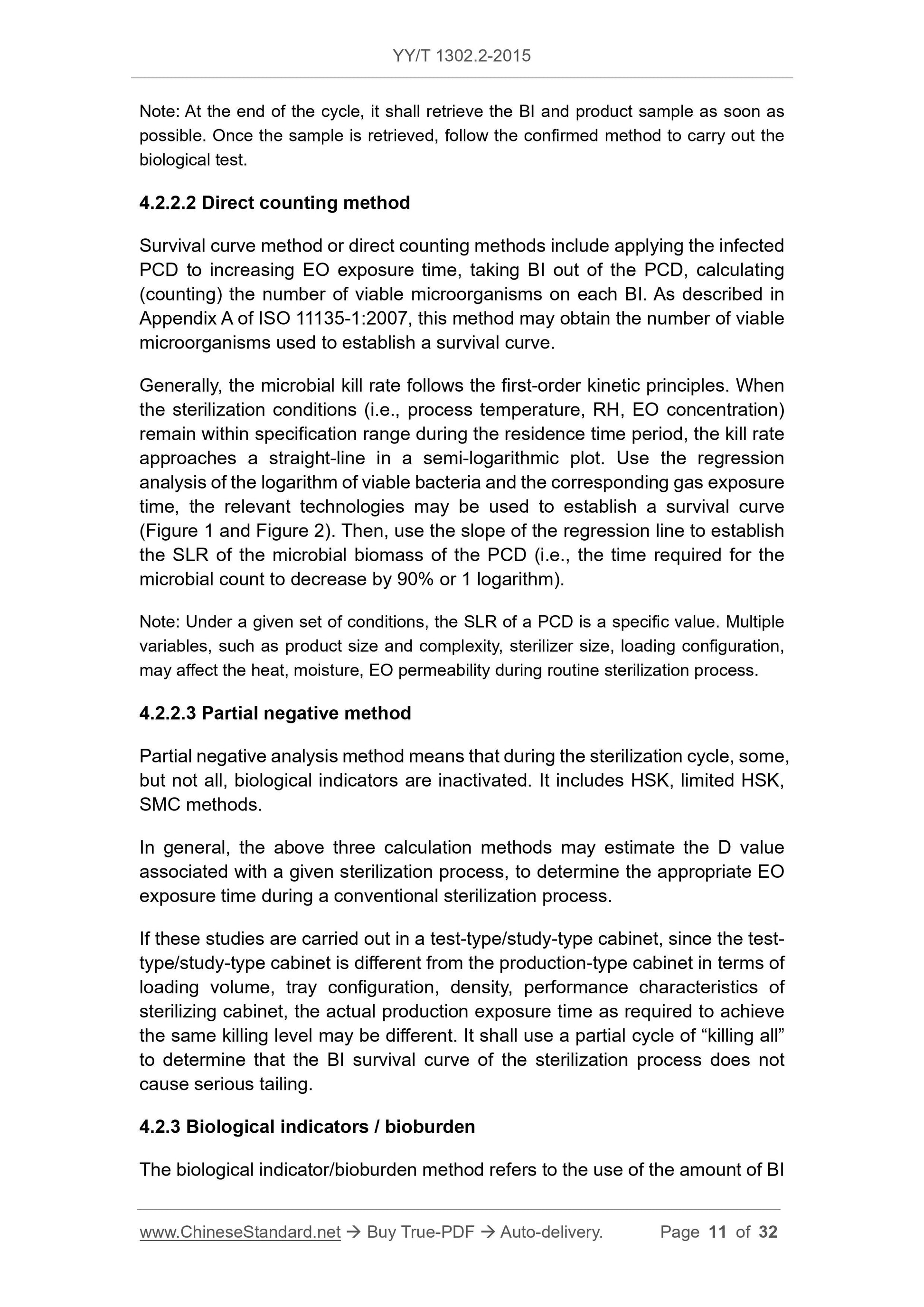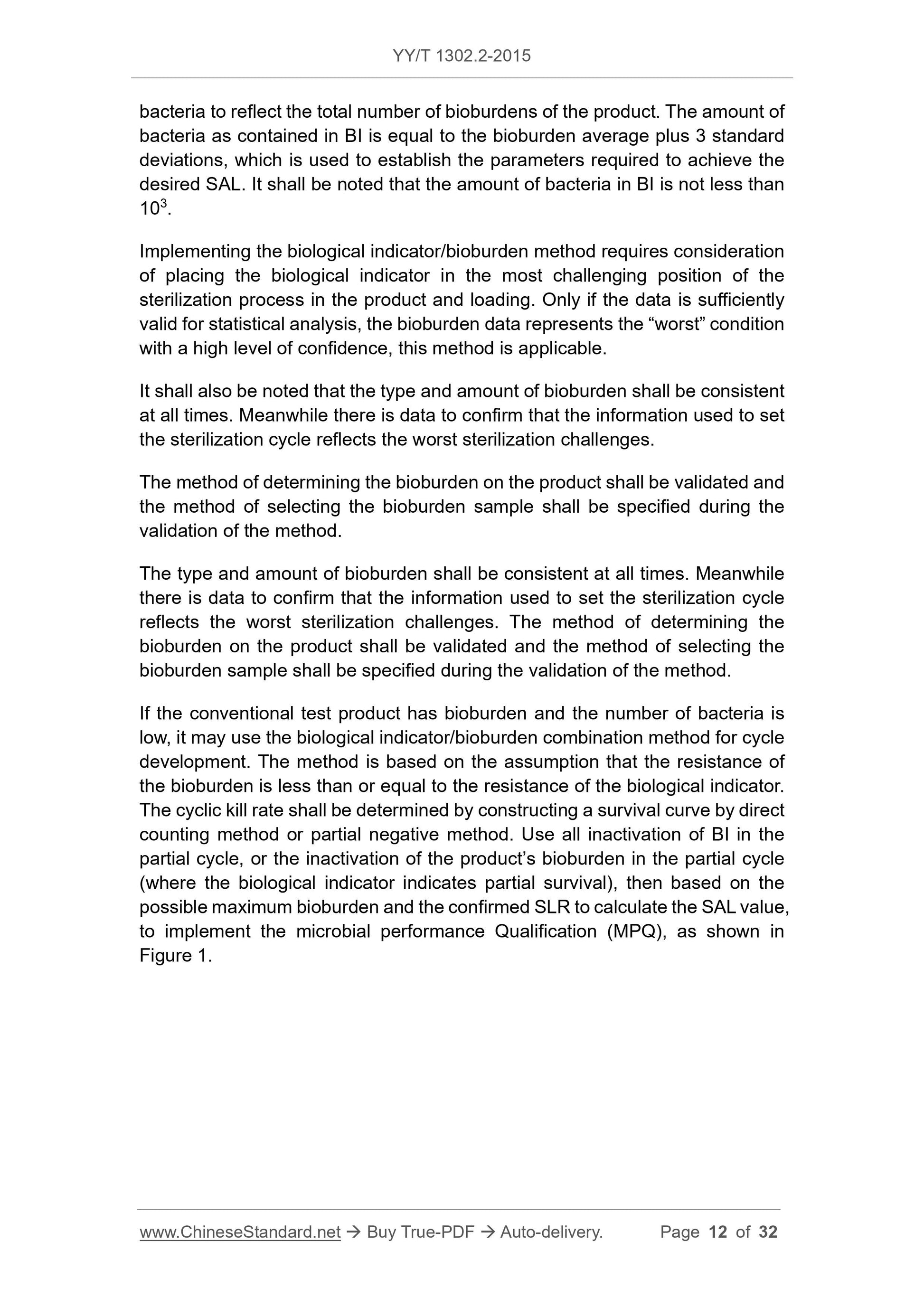1
/
of
12
www.ChineseStandard.us -- Field Test Asia Pte. Ltd.
YY/T 1302.2-2015 English PDF (YY/T1302.2-2015)
YY/T 1302.2-2015 English PDF (YY/T1302.2-2015)
Regular price
$150.00
Regular price
Sale price
$150.00
Unit price
/
per
Shipping calculated at checkout.
Couldn't load pickup availability
YY/T 1302.2-2015: Physical requirements and microbiological performance of ethylene oxide sterilization - Part 2: Microbiological aspects
Delivery: 9 seconds. Download (and Email) true-PDF + Invoice.Get Quotation: Click YY/T 1302.2-2015 (Self-service in 1-minute)
Newer / historical versions: YY/T 1302.2-2015
Preview True-PDF
Scope
This part of YY/T 1302 specifies process definition, validation, processeffectiveness maintenance, etc. for the microbiological aspects of ethylene
oxide sterilization.
This part applies to the ethylene oxide sterilization process for medical devices
and other related products or materials, provides solutions to various
microbiological aspects in the development and validation of ethylene oxide
(EO) sterilization processes. This part also provides additional application
guidelines for medical device manufacturers that use the ISO 11135-1:2007 and
ISO/TS 11135-2:2008 standards, including those that use outsourced
sterilization plants or outsourced sterilization operations.
This part of YY/T 1302 does not include various factors that may affect the
product's bioburden and sterilization process.
Basic Data
| Standard ID | YY/T 1302.2-2015 (YY/T1302.2-2015) |
| Description (Translated English) | Physical requirements and microbiological performance of ethylene oxide sterilization - Part 2: Microbiological aspects |
| Sector / Industry | Medical Device and Pharmaceutical Industry Standard (Recommended) |
| Classification of Chinese Standard | C47 |
| Classification of International Standard | 11.080.01 |
| Word Count Estimation | 21,279 |
| Date of Issue | 2015-03-02 |
| Date of Implementation | 2016-01-01 |
| Quoted Standard | GB/T 19974-2005; ISO 11135-1-2007; ISO/TS 11135-2-2008; ISO 11138-1-2006; ISO 11138-2-2006; ISO 11737-1-2006; ISO 11737-2-2009; ISO 14161-2009 |
| Regulation (derived from) | The State Food and Drug Administration Announcement 2015 No. 8 |
| Issuing agency(ies) | State Food and Drug Administration |
| Summary | This Standard specifies the procedure for defining ethylene oxide sterilization of microorganisms, confirmed the validity of the process and maintenance. This section applies to medical devices and other related products or ethylene oxide sterilization process materials for ethylene oxide (EO) sterilization process development and validation of the various aspects of microbial provide a solution. This section also for the introduction of ISO 11135-1-2007 and ISO/TS 11135-2-2008 standard medical device manufacturers (including the use of manufacturers outsource sterilization plant or outsourced sterilization operations) to provide additional application guidance. This section YY/T 1302 did not include the various factors that may cut the product of biological negative influential and sterilization process. |
Share
